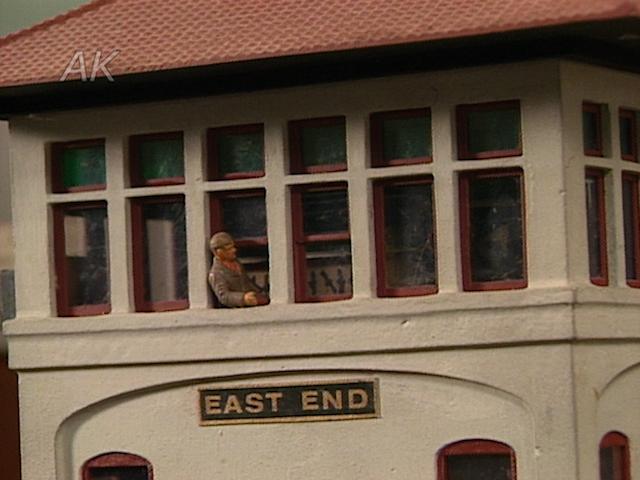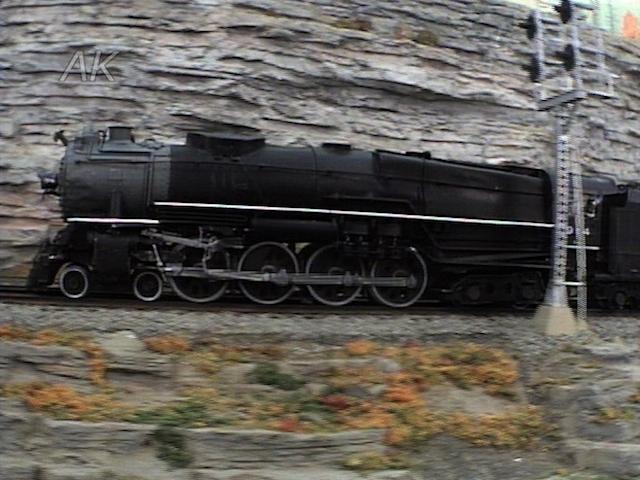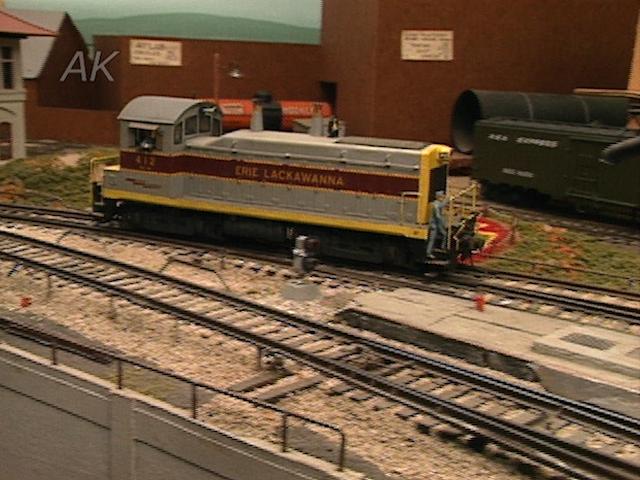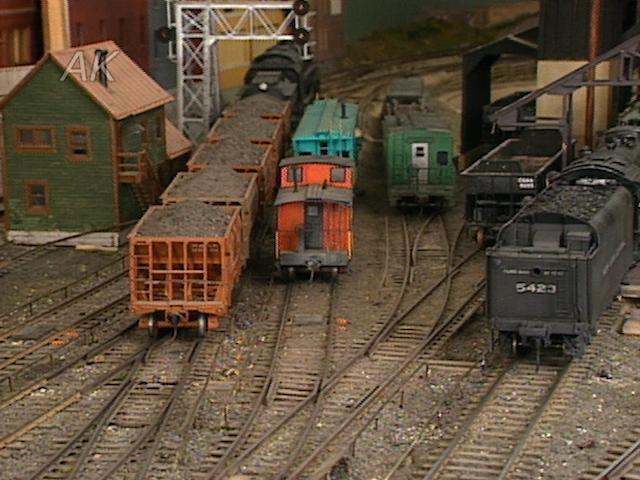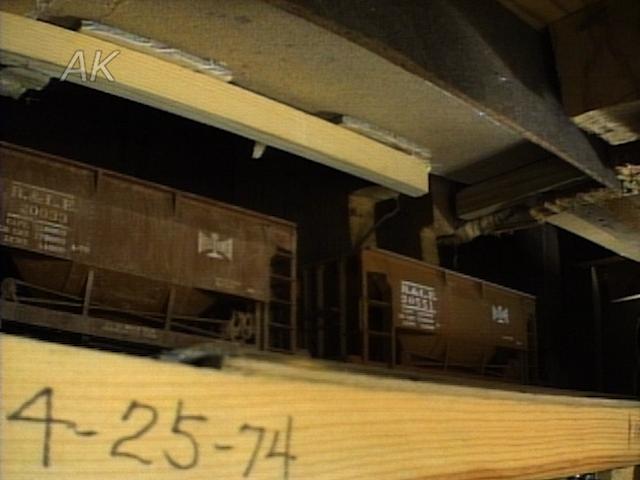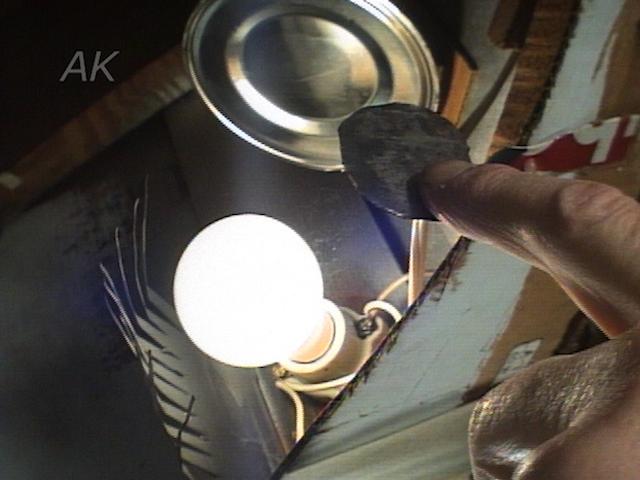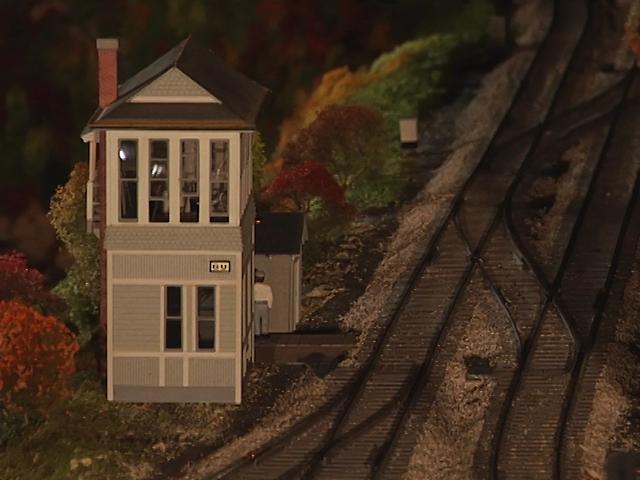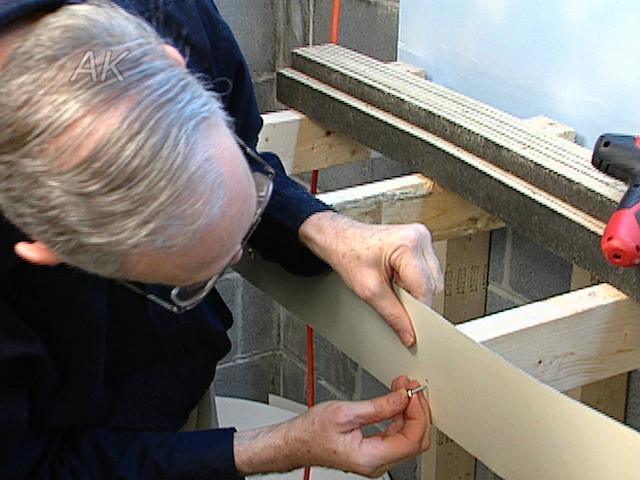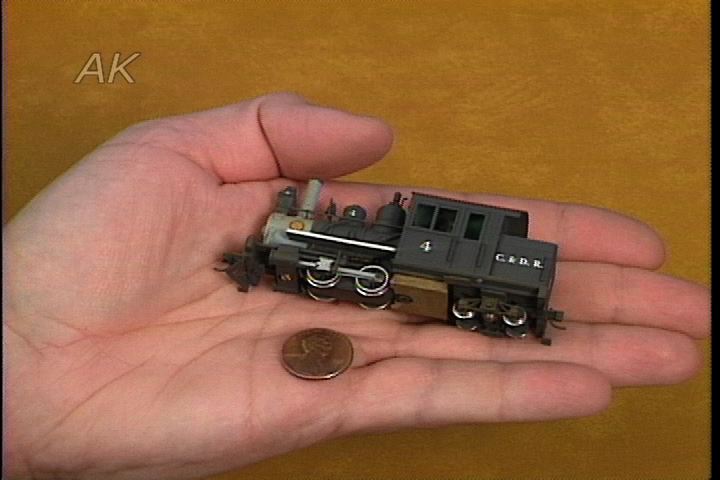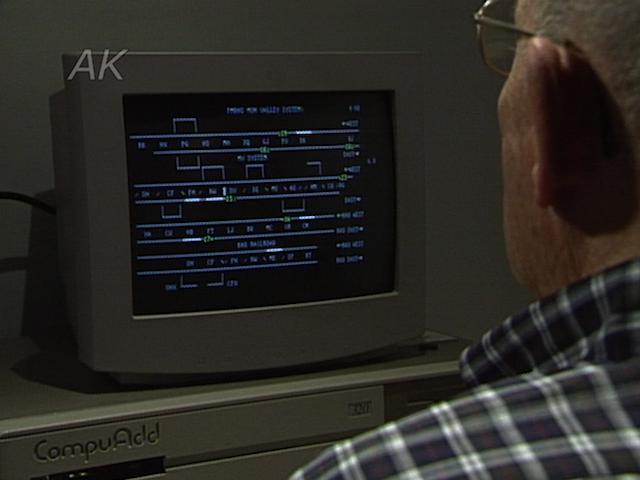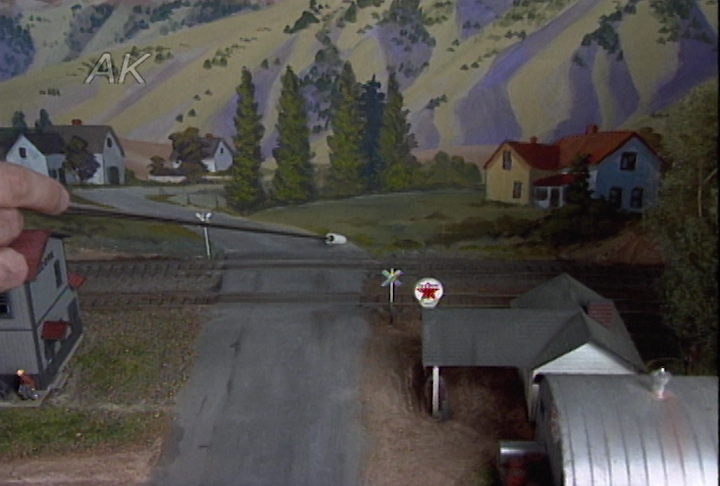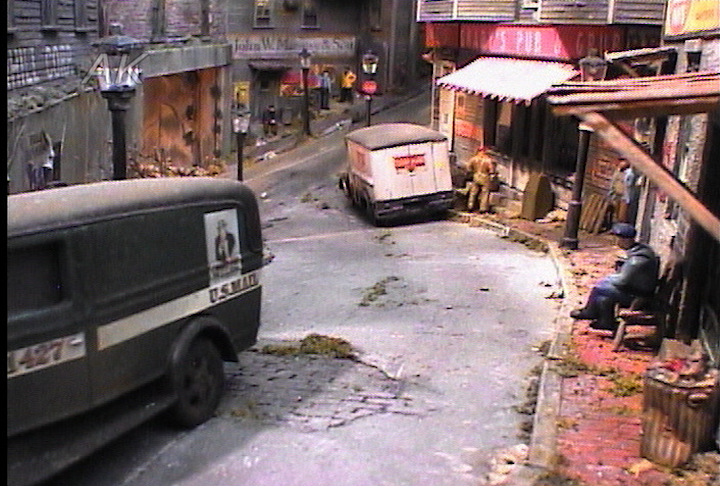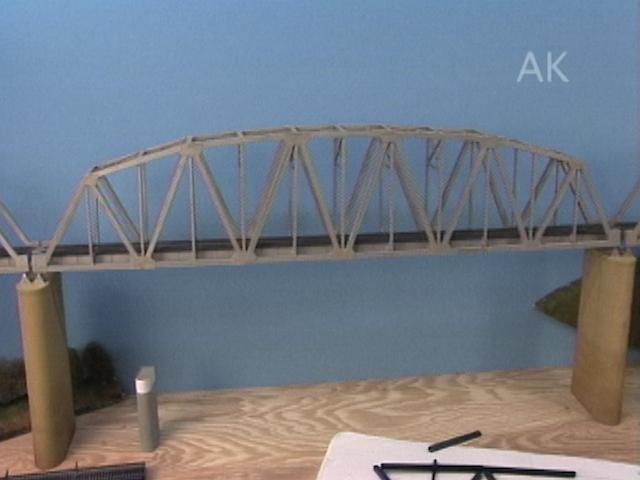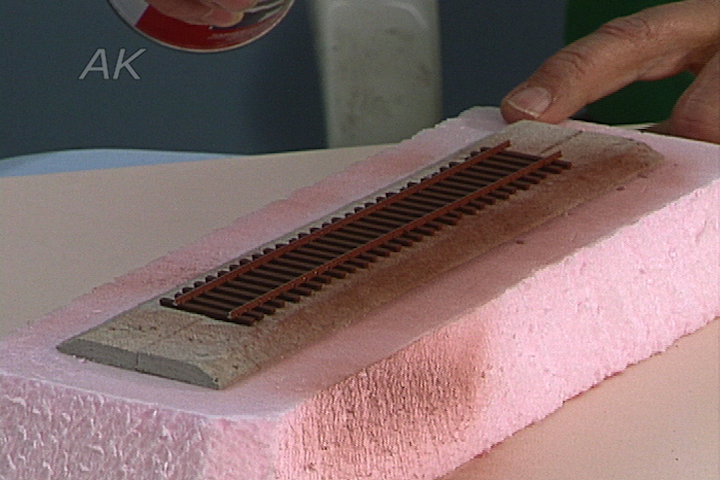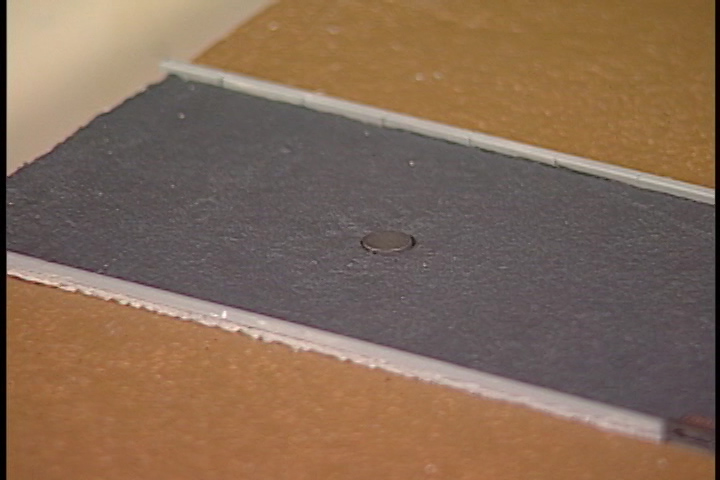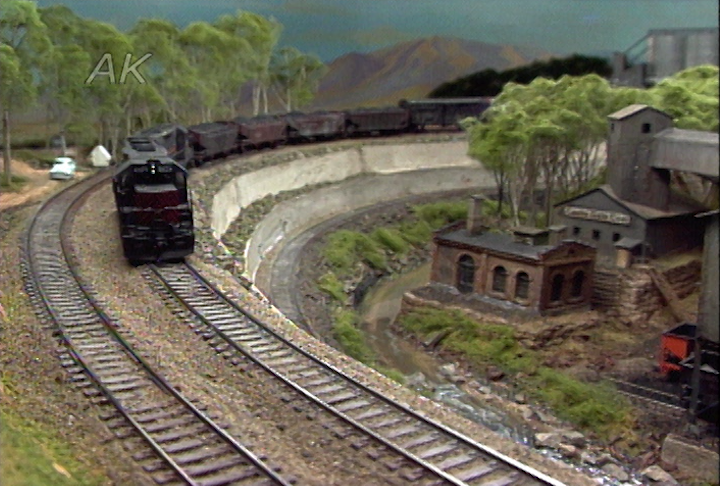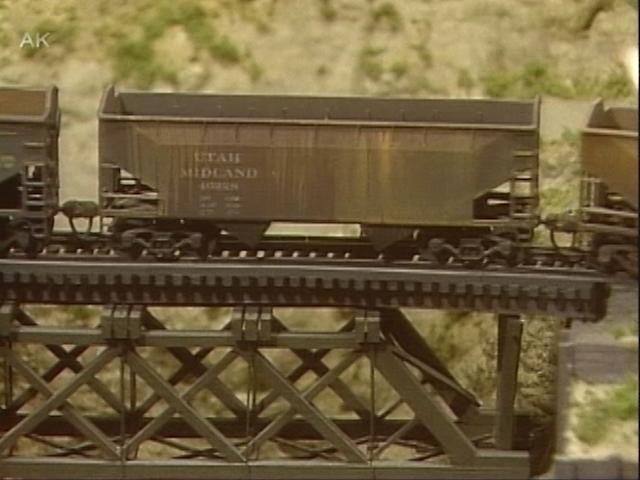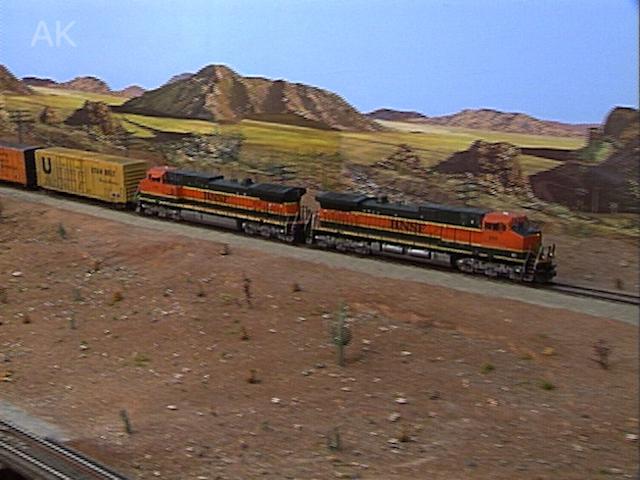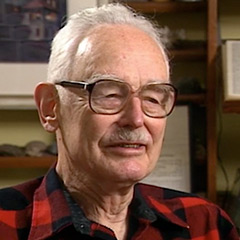
Reverted Loop and Coupling on the Canandaigua Southern
John ArmstrongJohn Armstrong, owner of the Canandaigua Southern, invented the reverted loop. The purpose of the reverted loop is to provide out of sight staging and turn a train in a minimum amount of space. The reverted loop is underneath something else on the layout that is visible. It also extends the main line partially around an end loop to have the advantage of an additional length of main line – something modelers can never have enough of.
It became apparent to John that he needed coupling on curves because one of the objectives was to have passenger trains switching. Trains would come in from two directions, from the Erie and the New York Central connections. Then the consolidator to go to Pittsburgh would be broken up and come back from the other direction. John has always enjoyed this passenger train switching.
It was also clear to John that the throat of the passenger station was going to be on a curve. This was concerning for him as he continued building the railroad. One issue arose concerned a good number of his passenger trains switching in on curves. At the east end of the Cattaraugus Depot, a train is coming in where an uncoupling needs to be made at the clearance point, so he placed a portable magnetic ramp.
As the train comes in, the switcher will break it apart when necessary. On a curve he does this by changing the way he mounts the couplers. He uses a long shank coupler pivoted around the kingpin. Instead of being attached rigidly to the truck, the truck is left loose and free to rotate and shift with the track while remaining center on the curves. John goes on to discuss with Allen the best and worst developments in the hobby he has seen in his over 60 years of modeling.
Explore videos by John Armstrong
You may be interested in
Premium Membership
Unlock exclusive member content from our industry experts.
- 24/7 Access to Premium Model Railroading Videos, Projects, and Tips
- Step-by-Step Instructional Guides & Layout Plans
- 50% Off Video Downloads Purchased in the Model Railroad Academy Shop
- Access to Ask the Expert Program
Unlock exclusive member content from our industry experts.
- 24/7 Access to Premium Model Railroading Videos, Projects, and Tips
- Step-by-Step Instructional Guides & Layout Plans
- 3 Full-Length Video Downloads to Watch Offline
- 50% Off Video Downloads Purchased in the Model Railroad Academy Shop
- Access to Ask the Expert Program
Gold Membership
$326 Value
Get everything included in Premium plus exclusive Gold Membership benefits.
- 24/7 Access to Premium Model Railroading Videos, Projects, and Tips
- Step-by-Step Instructional Guides & Layout Plans
- 9 Full-Length Video Downloads to Watch Offline
- 2 Full-Length Classes to Keep for Life
- 2 Downloadable Guides
- Discounts on Purchase-to-Own Content in the Model Railroad Academy Shop
- Access to Ask the Expert Program
- Exclusive GOLD LIVE Streaming Events
